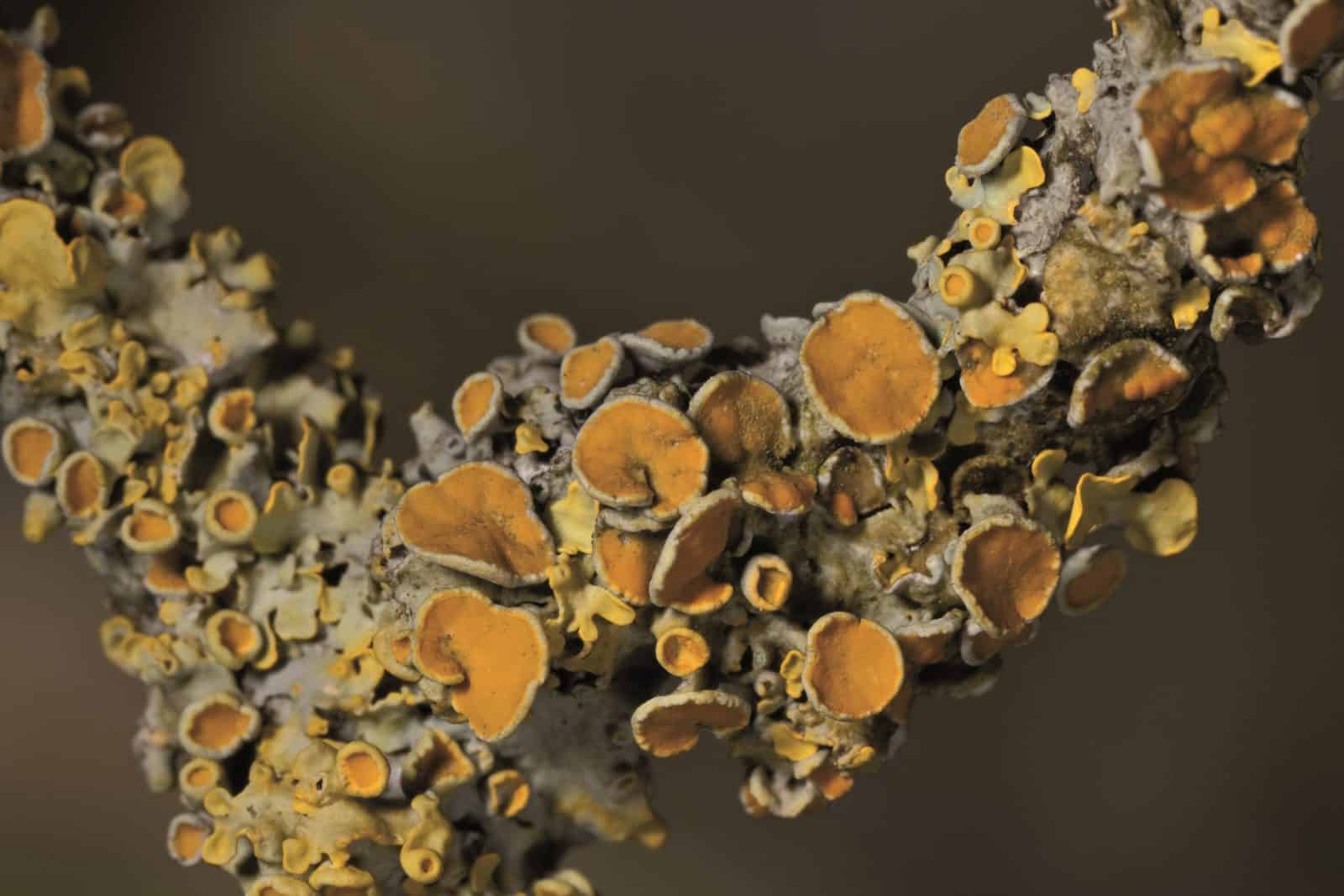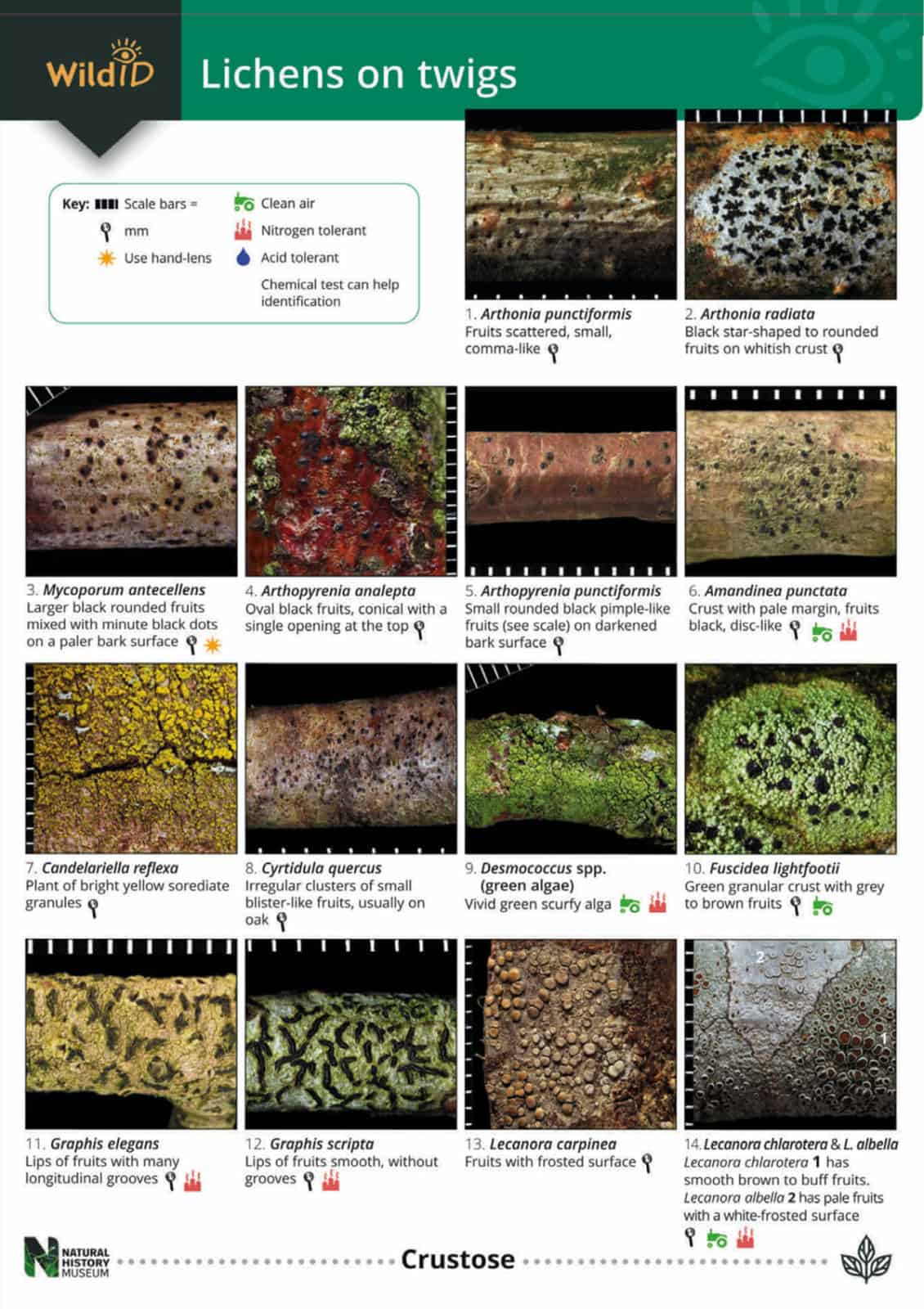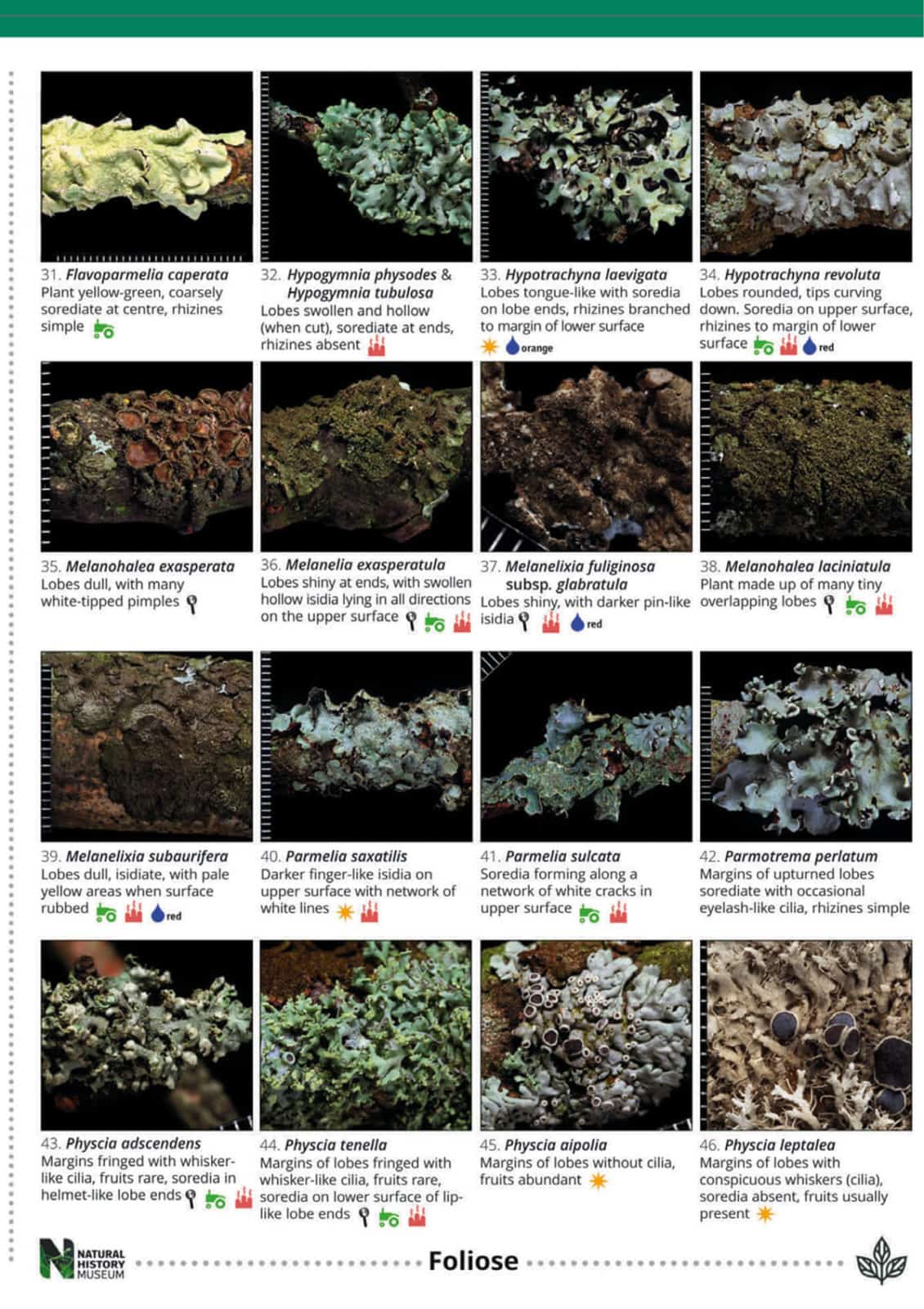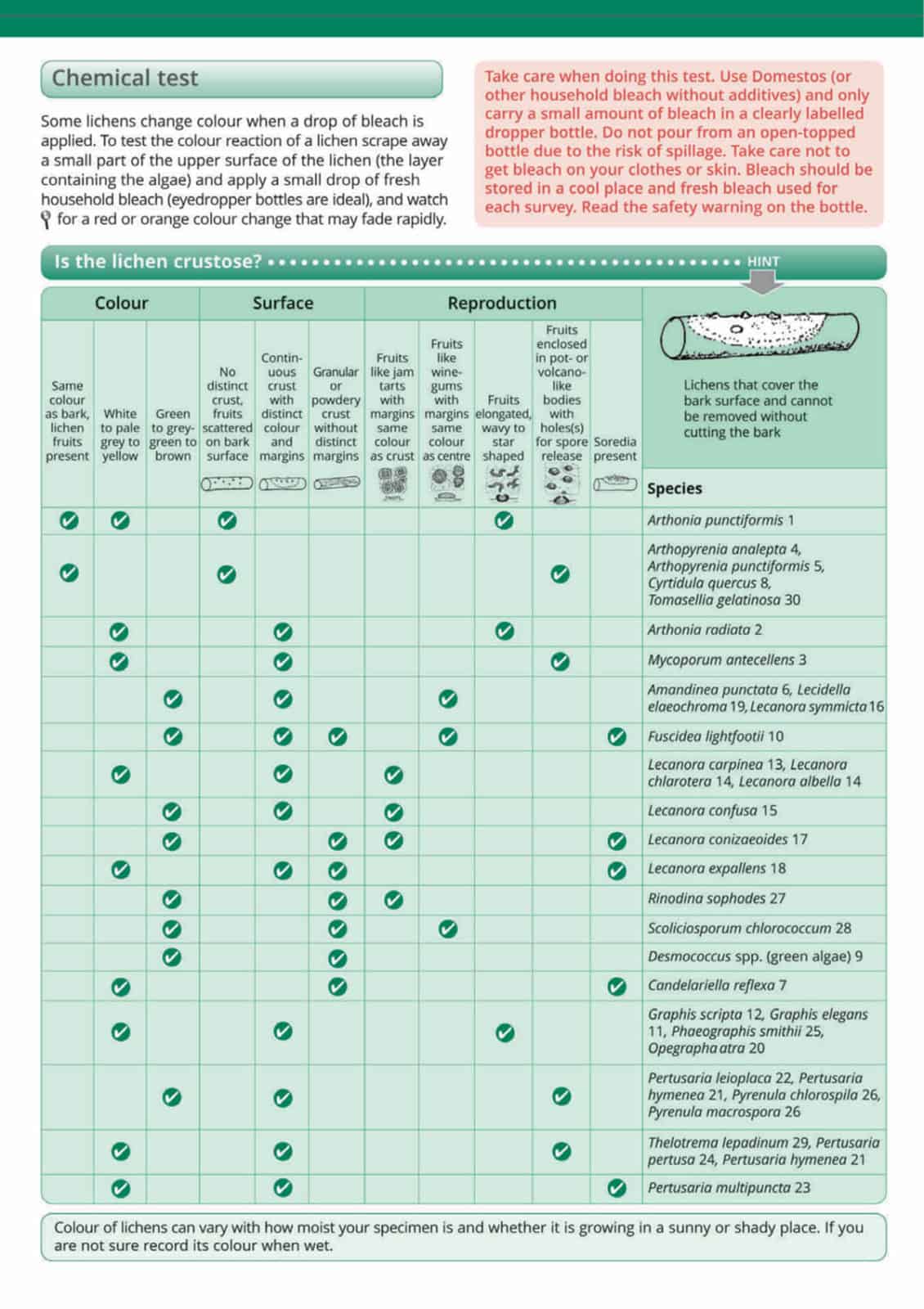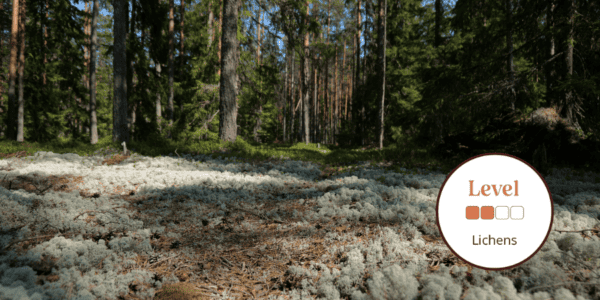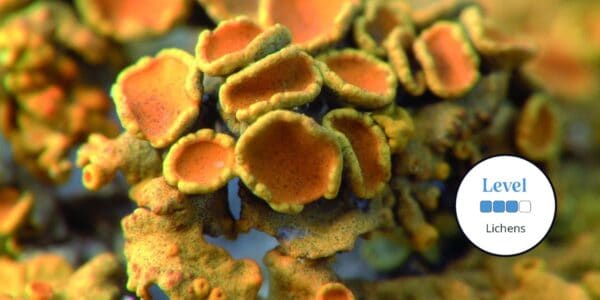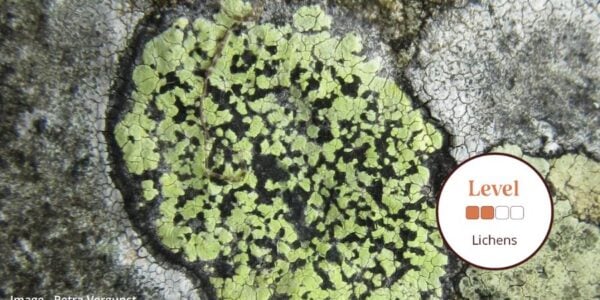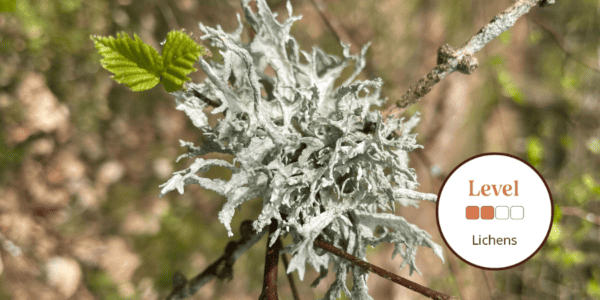Lichens on twigs guide
The FSC Lichens on twigs guide will help you identify 60 of the commonest lichens found growing on trees and shrubs in Britain.
Step outside the door and look closely at the surfaces around you. Look out for almost circular painted patches on the pavement, on walls, on the bark of trees and on roofs. Lichens do not look like green plants. They also lack leaves. Many lichens have distinctive colours, from white, yellow and grey to green and brown. They are composite organisms, made up of fungus and one or more algae living together. For one thing, the algal partner produces essential nutrients through photosynthesis. At the same time, the fungal partner provides the body in which the algae live.
Lichens are highly sensitive to subtle changes in environmental conditions. So they are useful as natural indicators of the health of our environment. In the past sulphur dioxide from coal burning and industry was the main pollutant. It was a major cause of acid rain. But today nitrogen compounds from intensive farming and motor vehicle exhausts are becoming the main pollutant. Although pollutants can kill many lichens, other lichens tolerate, or even depend on them. This guide indicates which lichens are acid-tolerant and nitrogen-tolerant, and also which lichens grow in unpolluted sites.
Every spring deciduous trees produce new shoots, with a new bark surface. In good conditions lichens are rapid colonisers of this new surface. But they must compete with other organisms such as algae and mosses. The mixture of species found will depend on the type of tree, what availability of colonisers and surrounding environmental conditions.
The FSC Lichens on twigs guide was produced in partnership with the British Lichen Society.

